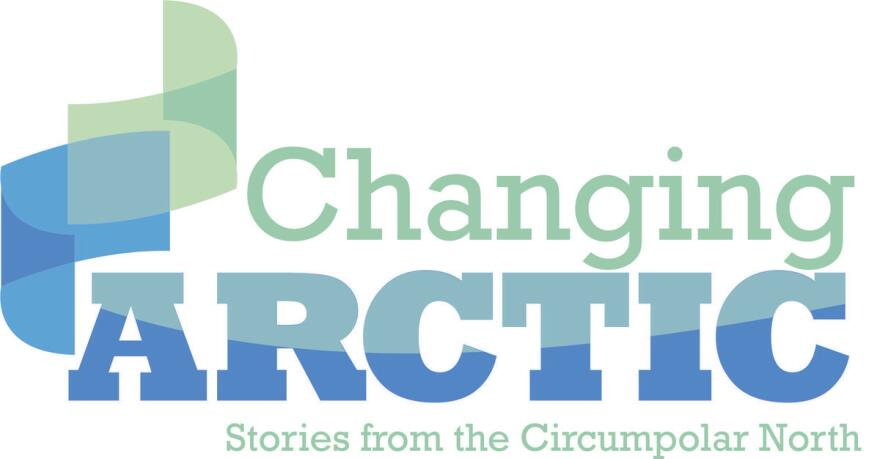Sea ice growing slowly in a warming Arctic ...
National Oceanic and Atmospheric Administration climate scientist Jessica Blunden last week reported that Arctic sea ice grew very slowly in October through the first part of this month.
“During October, the ice growth almost slowed completely,” Blunden said, “and this was due to really high temperatures in parts of the western Arctic seas.”
Senior Research Scientist Mark Serreze puts it more bluntly.

“Things are really crazy up over the Arctic Ocean right now,” said Serreze, who directs the Colorado-based National Snow and Ice Data Center.
“November is a month where we would be seeing very, very rapid ice growth in the Arctic – the sun has set, the atmosphere is really cooling down …”
But that’s not happening this year, Serreze says.
“What we’ve seen is this sudden slowing of ice growth,” he said, “and there was even a few days where it wasn’t growing at all – even decreasing, slightly.”
The Snow and Ice Data Center says the extent of sea ice covering the Arctic Ocean last month grew only about a third as much as it usually does in early October, based on the average rate of growth from 1980 to 2010.

“I don’t know if that’s completely unprecedented,” he said. “But I’ve certainly never seen it before. And it’s certainly highly unusual.”
By month’s end, Arctic sea-ice extent was the lowest on record for that date. Serreze says the obvious reason sea ice is growing so slowly is conditions aren’t conducive for its formation.
“It’s because the Arctic is so darn warm right now,” he said.
Serreze says both sea-surface and air temperatures in the Arctic were well above average throughout October. He says that’s partly due to an atmospheric flow that brought warm air into the region from the south for much of the month.

Serreze says the persistently warm sea-surface temperatures are likely to continue slowing the formation of sea ice through November.
“The ocean seems to have a hard time right now of getting rid of all the heat that it’s gotten,” he said. “And until the ocean gets rid of that heat, we’re going to continue to have this slow ice growth.”
Serreze says the warmth also will continue to degrade the oldest and thickest sea ice, which accounted for about 20 percent of Arctic sea-ice cover in the 1980s. Experts now say old ice accounts for only about 3 percent of that sea-ice cover.



